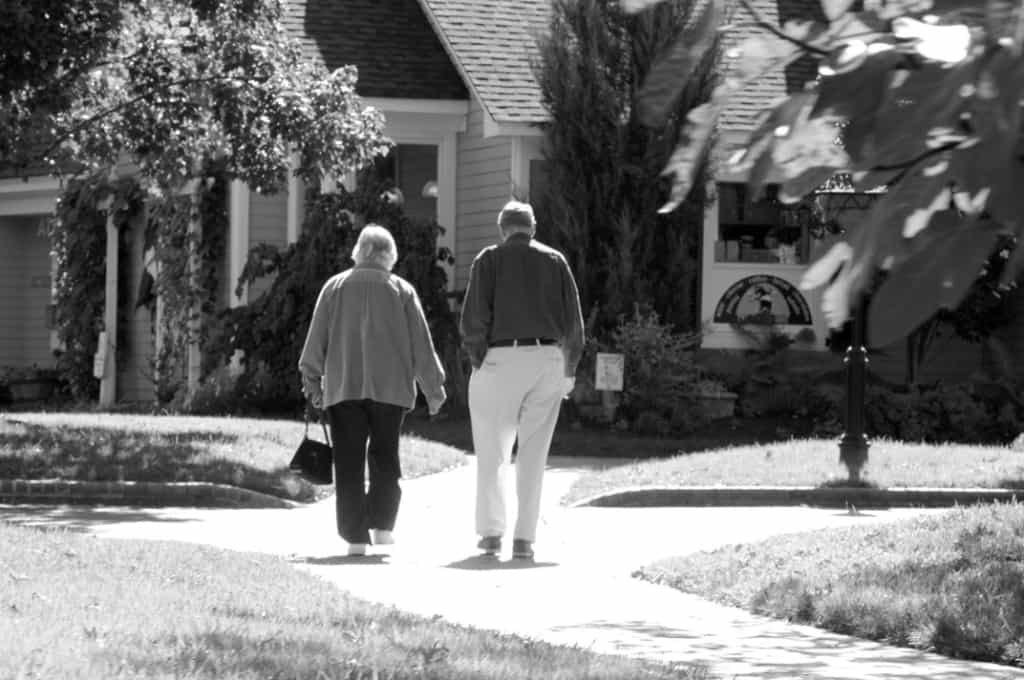
Money Follows the Person
The Money Follows the Person demonstration program was created by Congress in 2005 to assist states in rebalancing their long-term care spending to give more Medicaid-eligible recipients the option of transitioning from institutional care to home- and community-based care.1
To qualify for the program, participants must have been in an institution for at least 90 days and must express a desire to transition back into their homes and communities.2
Money Follows the Person participants are eligible for up to $3,000 in transitioning supports, funds that can be used to cover the costs of moving back into a community setting, such as “security deposits, utility startup expenses, furniture, accessibility modifications or other one-time items and services that may be required to transition.”3
The Money Follows the Person demonstration program has been shown to reduce Medicaid long-term care expenditures in other states by transitioning more individuals away from expensive institutional care and back into communities.
An assessment of Maryland’s Money Follows the Person program found that it saved the state’s Medicaid system more than $3,000 per member, per month and resulted in a higher quality of life for those who transitioned back into their communities.4
A West Virginia projection of potential cost savings in implementing the state’s Money Follows the Person project forecasted savings of more than $50 million dollars over 10 years from transitioning only 75 to 110 individuals.5
To entice states to participate, the demonstration grant provides an increased federal matching rate toward the state’s Medicaid spending on enrollees in the program.6 The grant, in effect, increases the state’s available funding for future participants and expands the scope of the program.
“Once an individual goes in to a community, the services that they receive— those services pull down extra federal funding and get pulled in to what is called a rebalancing fund, which allows you to continue serving other individuals who you wouldn’t otherwise have been able to serve,” says Jessica Keith, a special advisor on the Americans with Disabilities Act in the North Carolina Department of Health and Human Services.
“The more transitions that you do and the more services that the person receives, the more federal funding you will have,” says Keith.
Keith believes the key to expanding Money Follows the Person is breaking through cultural biases of institutional care, a belief that a person needing long-term assistance is best served in institutional settings. The objective includes explaining to paid caregivers and families that not all individuals need to live in a nursing home and that some can remain in their homes, receive care, and still be active members of their communities. It’s more cost-efficient for the state and, as the PACE program has shown, beneficial to the health and well-being of the individual.
“Everyone in a human services position wants to support an individual and believe in individuals and truly cares for individuals. Sometimes in more congregate settings, people are used to caring for people and the idea of somebody transitioning really scares them,” says Keith. “One of the greatest challenges is taking the time and making sure we have all of the information about what is possible for individuals, so that we can get the individuals who are currently serving the individuals away from the assumption that all individuals need 24/7 care and supervision.”
Todd Brantley is a researcher and writer from Raleigh. Amy Brantley is a medical instructor and physician assistant at Duke Family Medicine Center in Durham.
- Debra J. Lipson and Susan R. Williams, “Money Follows the Person Demonstration Program: A Profile of Participants,” National Evaluation of the Money Follows the Person (MFP) Demonstration Grant Program, Mathematica Policy Research, Inc., No. 5, Jan. 2011. Available at http://www.mathematica-mpr.com/publications/PDFs/health/mfpfieldrpt5.pdf. ↩
- Interview with Jessica Keith, Special Advisor on the Americans with Disabilities Act, N.C. Department of Health and Human Services, Apr. 11, 2013. ↩
- “Money Follows the Person,” N.C. Department of Health and Human Services. Available at http://www.ncdhhs.gov/dma/moneyfollows. ↩
- Wendy Fox-Grage and Jenna Walls. “State Studies Find Home and Community-Based Services to Be Cost-Effective,” AARP Public Policy Institute, Mar. 2013, p. 11. Available at http://www.aarp.org/content/dam/aarp/research/public_policy_institute/ltc/2013/state-studies- find-hcbs-cost-effective-spotlight-AARP-ppi-ltc.pdf. ↩
- Ibid., p. 18. ↩
- Lipson and Williams, note 1 above. ↩

